Choosing the right turbocharger for your engine can be challenging. But with the correct information, anyone can find the perfect turbo to boost their car’s performance. Turbochargers are used in almost half of all vehicles on the road, offering benefits like increased horsepower and improved gas mileage. In this article, we’ll guide you through selecting the ideal turbocharger for your car. By considering factors like metrics, tuning calculations, and more, you’ll decide to unlock your car’s true potential. Let’s dive into the world of turbochargers and elevate your driving experience.
Exploring the Basics of Turbocharging
Turbochargers are ingenious devices that harness exhaust gases to compress the incoming air, delivering it to the engine at higher pressure and density. As a result, turbochargers enable greater power output and torque by forcing more air into the combustion chamber. To put this into perspective, a vehicle’s engine generates power within its cylinders by mixing air and fuel, resulting in a small burst of energy that moves the pistons. The turbocharger plays a vital role in compressing more airflow into the cylinders, ultimately generating additional power.
Evaluating Performance Goals
Before diving into the world of turbochargers, it is crucial to determine our specific performance goals. For example, do we seek a significant power increase, or are we looking for a more balanced approach? Understanding our desired power gains and performance improvements will help us navigate the various turbocharger options. Additionally, considering factors such as our intended use (street driving or racing), budget, and future modifications will further guide our decision-making process.
Drag Car
In a drag car, the primary goal is to achieve maximum power and acceleration for short bursts of intense racing. Therefore, the turbocharger selected for a drag car typically focuses on high performance and quick spool-up to deliver instant power. Characteristics of turbochargers for drag cars may include:
- Larger turbo size to generate more increased airflow and boost levels.
- Emphasis on top-end power for rapid acceleration.
- Quick spool-up for immediate response off the line.
- Ability to handle high boost pressures and extreme engine conditions.
- Less focus on low-end torque and everyday drivability.
Road Car
Road cars are designed for regular daily driving and a balance between performance and practicality. Therefore, turbochargers for road cars often prioritize a broad power band, fuel efficiency, and reliability. Key characteristics may include:
- Moderate turbo size to achieve a balance between power and fuel efficiency.
- Emphasis on mid-range torque for smooth acceleration during normal driving conditions.
- Quick spool-up for responsive acceleration at lower RPMs.
- Good reliability and durability for extended periods of operation.
- Efficient boost control to optimize fuel economy.
Street Car
Street cars fall between drag and road cars, offering a blend of performance, drivability, and practicality for street use. Turbochargers for street cars aim for a well-rounded performance emphasizing low-end torque and high-end power. Common characteristics may include:
- Moderate to slightly larger turbo size to provide a balance between power and response.
- Emphasis on a broad power band for versatility in various driving conditions.
- Quick spool-up for immediate power delivery during daily driving.
- Good reliability and longevity for regular street use.
- Efficient boost control for a blend of performance and fuel efficiency.

Do the Calculation
To ensure that the turbocharger selected doesn’t cause damage to the engine, it is crucial to perform metric calculations. The calculation involves:
- Measuring the amount of air the engine utilizes at specific boost pressures.
- Taking into account factors like RPM.
- Size.
- Volumetric efficiency.
Conducting these tests reveals the air-fuel mixture ratio within the cylinder and the airflow reaching the intake manifold. Larger turbos generate increased airflow at lower boost levels, while smaller ones excel in generating airflow. By running appropriate tests and calculating the metrics, it becomes possible to determine the most suitable turbo for the engine, be it a twin-scroll turbo or an MR-S turbo.
Furthermore, specific additional components play a vital role in metric calculations. For example, evaluating volumetric efficiency and air density proves critical for turbo performance. Selecting a compressor that matches the requirements is equally important, as it regulates and compresses the airflow, directly impacting horsepower levels. The trim and turbine matching also holds significance, as they contribute to accurate metric calculations and aid in finding the optimal turbocharger.
Choosing Between Single or Twin Turbo
Determining the appropriate choice involves several factors when considering single or twin-turbo applications. Factors to consider include the engine’s requirements, power goals, space constraints, and desired response characteristics. Single turbo setups often provide simplicity, cost-effectiveness, and ease of installation. On the other hand, twin turbos offer advantages like better low-end response and increased power potential. Ultimately, the judgment should be based on a thorough evaluation of these factors and aligning them with the vehicle’s intended purpose and performance objectives.

The Relationship Between Engine Displacement, Horsepower, and Pressure Ratio
Engine displacement refers to the total volume swept by all the pistons within an engine’s cylinders during one complete combustion cycle. Generally, larger engine displacements have the potential for higher horsepower output due to their larger combustion chambers and greater air and fuel intake.
Horsepower represents the power output of an engine, indicating its capability to perform work. It is influenced by various factors, including engine displacement, the efficiency of combustion, and the pressure ratio.
The pressure ratio is the ratio between the boost pressure generated by the turbocharger and the atmospheric pressure. It directly affects the amount of air and fuel mixture forced into the engine’s cylinders, ultimately impacting the horsepower output. Higher pressure ratios typically result in increased airflow and enhanced horsepower potential.
What’s the A/R Ratio and Its Impact on the Turbo
The AR ratio, also known as the A/R ratio, stands for Area-to-Radius ratio and is a critical parameter in turbocharger design. It represents the relationship between the cross-sectional area of the turbine housing (A) and the radius (R) of the turbine wheel.
The AR ratio affects the turbocharger’s performance characteristics, particularly its responsiveness and efficiency. A higher AR ratio typically corresponds to a larger turbine housing area relative to the turbine wheel radius. This configuration allows for greater exhaust gas flow capacity and lower exhaust gas velocity. As a result, the turbocharger exhibits improved efficiency at high engine speeds, making it suitable for applications that prioritize top-end power.
On the other hand, a lower AR ratio indicates a smaller turbine housing area compared to the turbine wheel radius. This configuration promotes higher exhaust gas velocity, quicker spool-up, and improved low-end torque. Turbos with lower AR ratios are commonly favored for applications that require rapid response and enhanced low-end performance.
What Will Happen If You Choose the Wrong Turbo for Your Car?
Firstly, inadequate airflow and pressure ratios may result in poor engine performance and reduced power output. The turbocharger may struggle to generate the required boost, leading to sluggish acceleration and compromised overall efficiency. Moreover, mismatched turbo sizing can cause issues like excessive turbo lag or boost spikes, negatively impacting drivability and engine reliability. An improper fit may also lead to physical clearance problems or improper installation, risking damage to engine components. Selecting a turbocharger compatible with your vehicle’s specifications is necessary to ensure optimal performance and avoid potential detrimental effects.

MaXpeedingRods Offers a Wide Range of Turbos
When it comes to selecting the right turbocharger for your vehicle, MaXpeedingRods has got you covered. With an extensive range of high-quality turbos, you can find the perfect match for your engine’s needs. Whether you’re seeking improved performance, increased horsepower, or enhanced fuel efficiency, MaXpeedingRods offers a variety of options to cater to your requirements.
With advanced engineering and rigorous quality control, MaXpeedingRods delivers turbochargers that meet the highest standards. Don’t compromise on the performance and reliability of your engine. Experience the power and efficiency you deserve with MaXpeedingRods turbos.

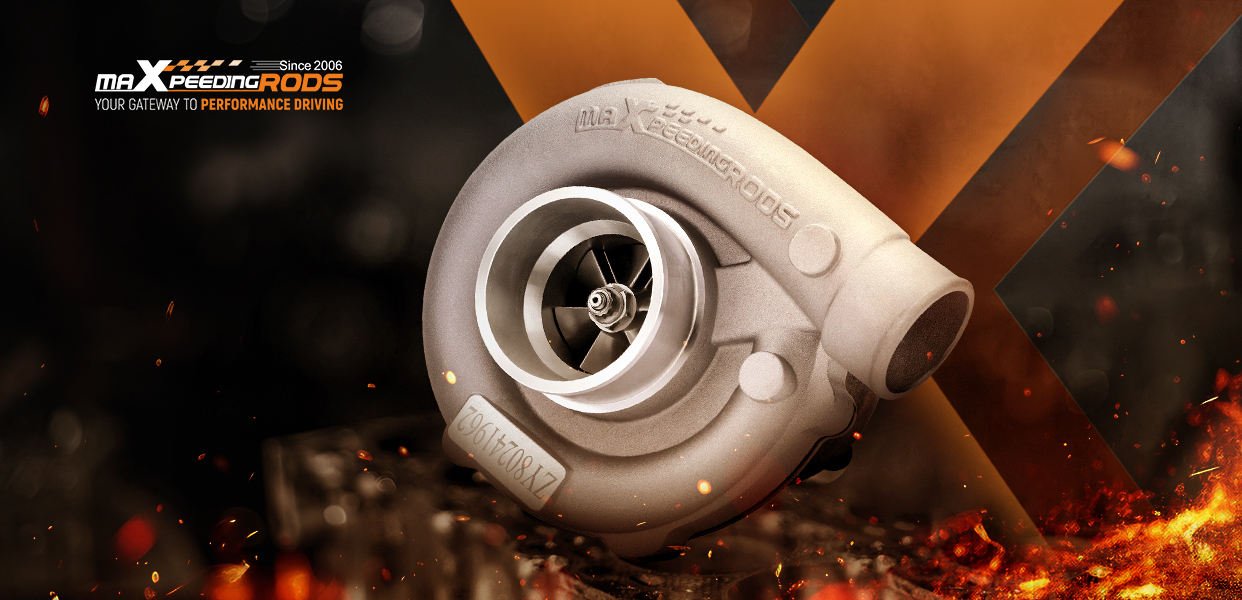
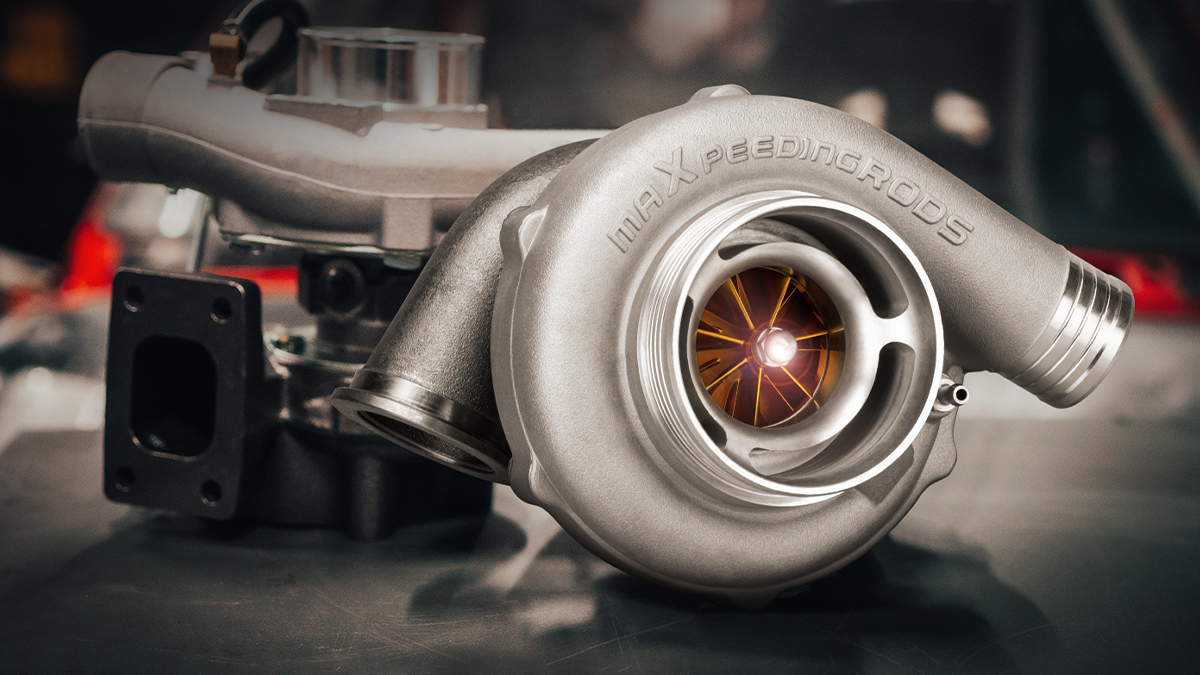
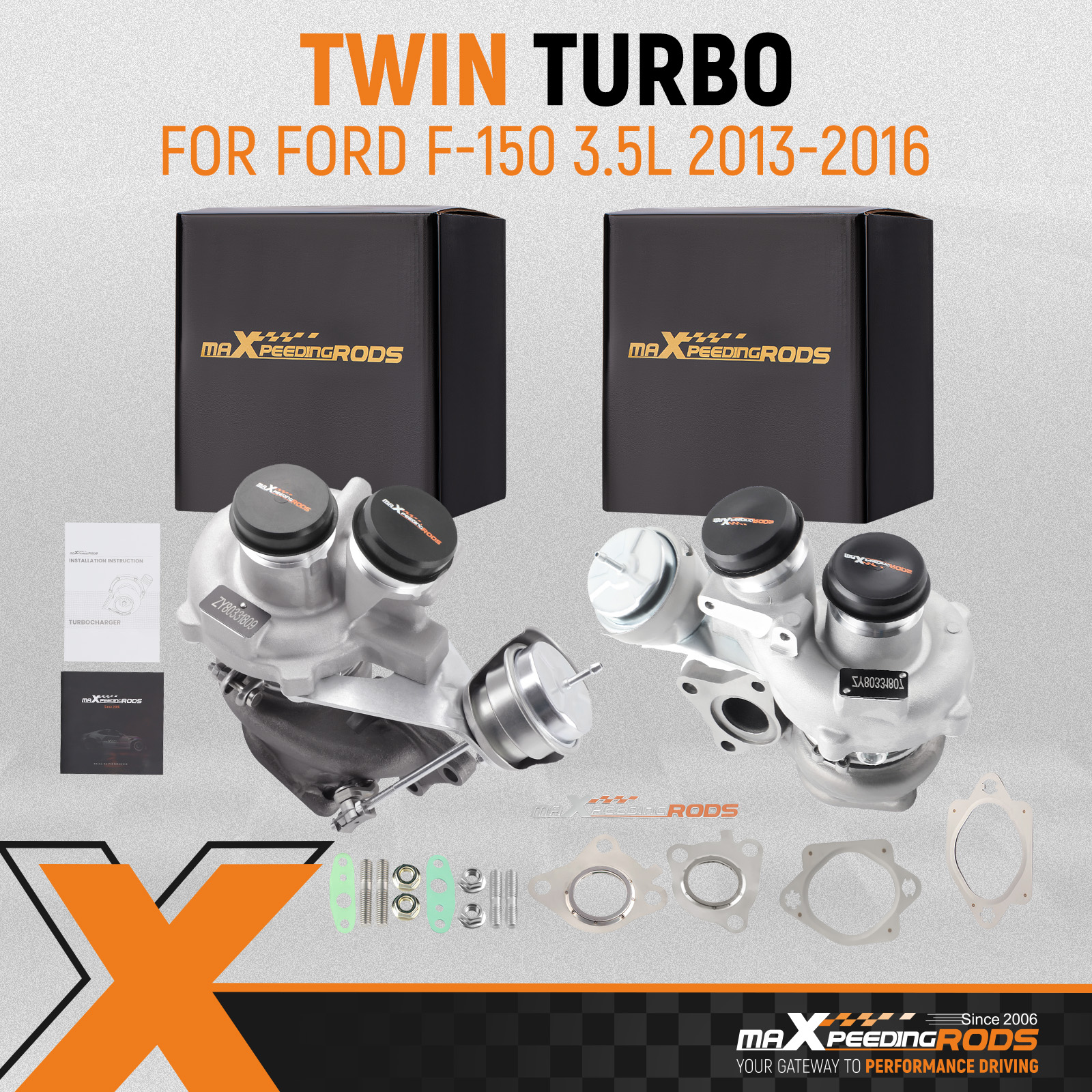

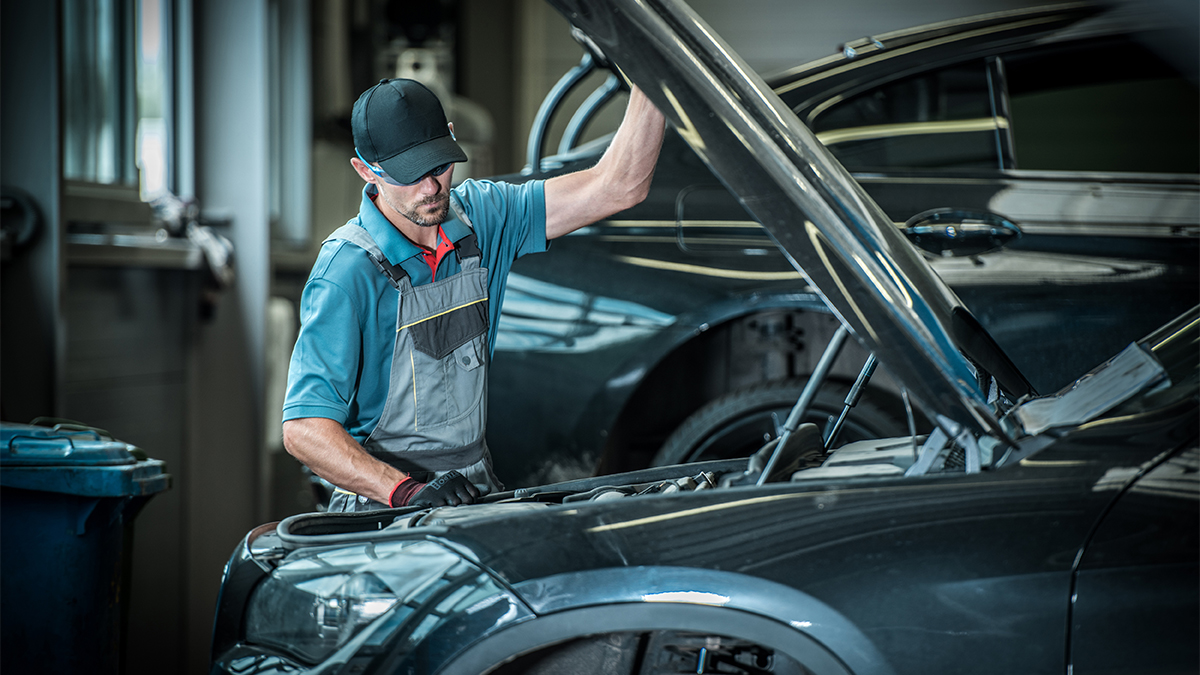
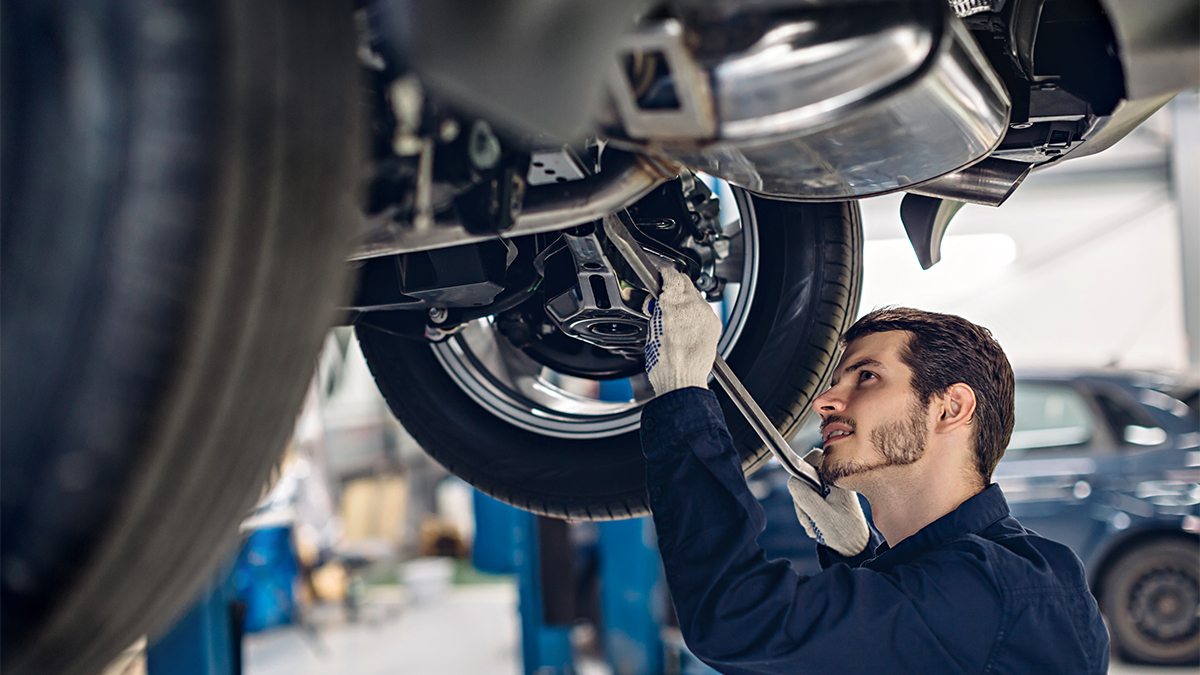


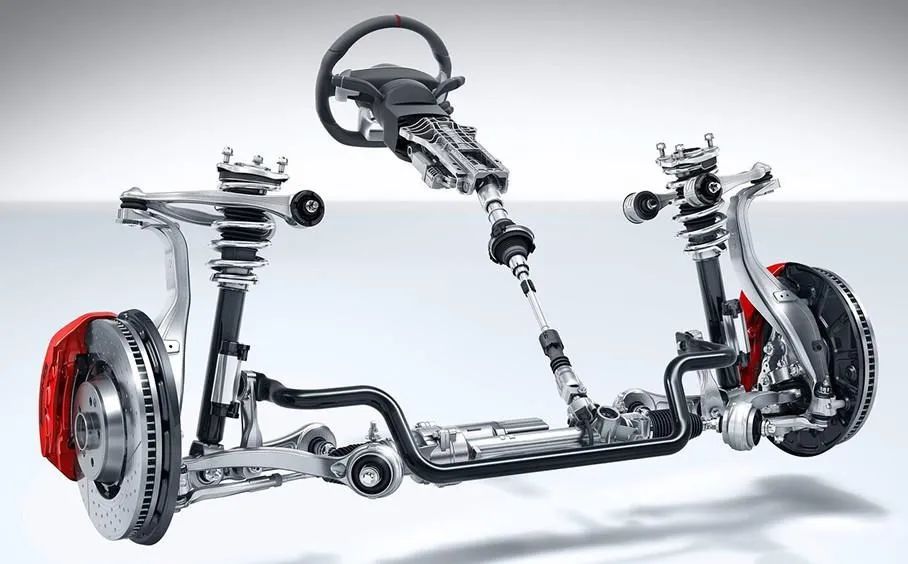
The actuator wrote replaced on the turbo apart. Replacement is still night meeting the required voltage. What could be the problem?
I would like to resubmit my comment we replaced the actuator and it is still not reaching. It’s capacity of 4.0 or what it needs to work right what could be the problem?